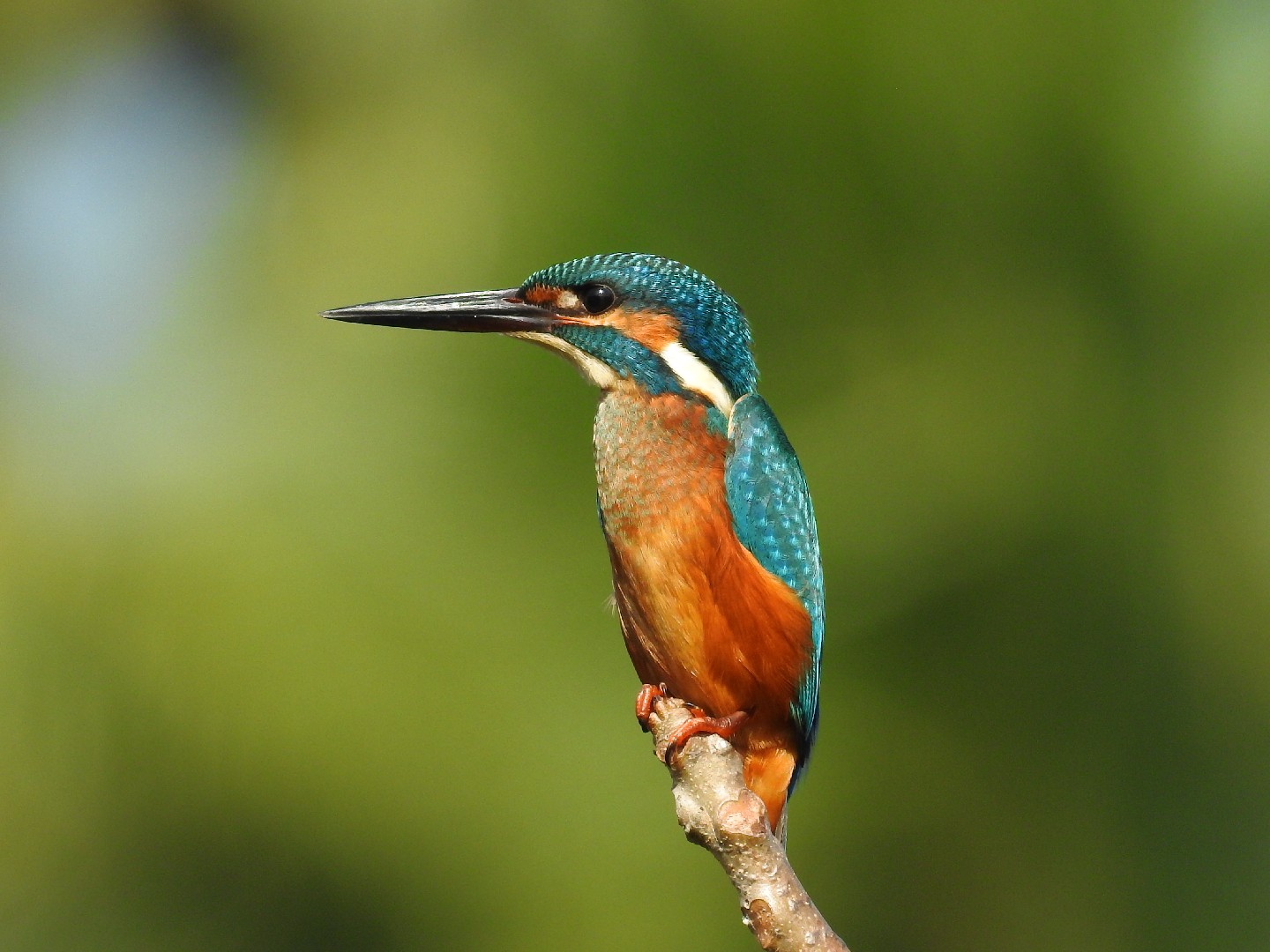Common Kingfisher
A species of Eurasian River Kingfishers, Also known as River Kingfisher Scientific name : Alcedo atthis Genus : Eurasian River Kingfishers
Common Kingfisher, A species of Eurasian River Kingfishers
Also known as:
River Kingfisher
Botanical name: Alcedo atthis
Genus: Eurasian River Kingfishers
Content
Description People often ask General Info
 Photo By Afsarnayakkan , used under CC-BY-SA-3.0 /Cropped and compressed from original
Photo By Afsarnayakkan , used under CC-BY-SA-3.0 /Cropped and compressed from original Description
The common Kingfisher is a small but colorful species of kingfisher (Alcedinidae family). These birds have a very wide distribution along rivers, streams, and ponds; as its name suggests, the common Kingfisher can be found anywhere small fresh and brackish water fish are found. They are very territorial and even after mating a pair will maintain separate fishing grounds.
Size
17 cm
Life Expectancy
5-10 years
Nest Placement
Burrow
Feeding Habits
Common Kingfisher primarily consumes fish (60% of its diet), aquatics insects like dragonfly larvae, water beetles, crustaceans, and occasionally lamprey. Feeding behavior involves expert hunting techniques, often from rivers, streams, or reservoirs. Unique adaptations include excellent vision, enabling precision diving for prey.
Habitat
Common Kingfisher dwells alongside clear, slow-flowing waters - rivers, streams, lakes - with verdant banks. It adapts to temperate regions, preferring hunting perches amidst overhanging flora. Broad habitat range includes scrubs and rocky coasts, while tropical zones see common Kingfisher in mangroves and swamps. Crucial elements for habitat preference are small fish abundance and bank-side nesting opportunities, avoiding large open waters for reed-lined or shrub-surrounded watercourses.
Dite type
Piscivorous
People often ask
General Info
Feeding Habits
Bird food type
Bird Feeder Type

Platform
Distribution Area
The common kingfisher is widely distributed over Europe, Asia, and North Africa, mainly south of 60°N. It is a common breeding species over much of its vast Eurasian range, but in North Africa it is mainly a winter visitor, although it is a scarce breeding resident in coastal Morocco and Tunisia. This species is resident in areas where the climate is mild year-round, but must migrate after breeding from regions with prolonged freezing conditions in winter. 